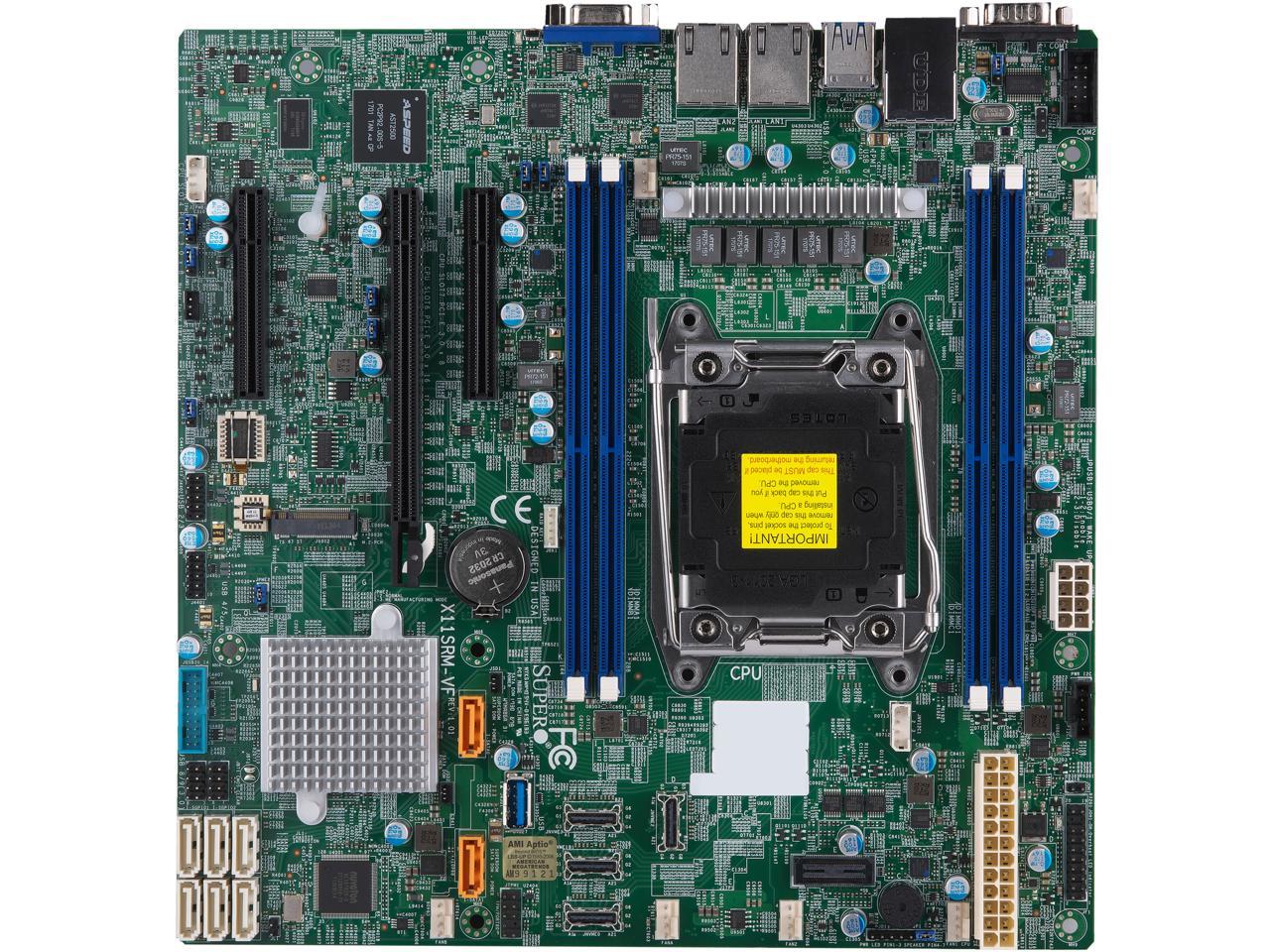Slot 1 Xeon
| Type | Slot |
|---|---|
| Chip form factors | Single Edge Contact Cartridge |
| Contacts | 330 |
| FSB protocol | GTL+, later AGTL+ |
| FSB frequency | 100 MT/s, 133 MT/s |
| Voltage range | 1.3 to 3.3 V |
| Processors |
|
| Predecessor | Socket 8 |
| Successor | Socket 603 |
| This article is part of the CPU socket series | |
Slot 1 refers to the physical and electrical specification for the connector used by some of Intel 's microprocessors, including the Pentium Pro, Celeron, Pentium II and the Pentium III. Both single and dual processor configurations were implemented. Intel switched back to the traditional socket interface with Socket 370 in 1999. 1 PCI 32bit/33MHz slot 1 Mechanical-only slot, supporting cards which mount only to the I/O bulkhead and not the. Z820 Xeon E5-2603 4C 1.80 10MB 1066 CPU2 N Y. Slot 1: PCle3 x16 Slot 3: PCle3 x16 Slot 5: PCle3 x8 Intel® C422 sSATA LA LAN M.2 Slot 1: PCle3 x16 Intel® Xeon® W Processor sIntel® CoreTM X-series Processor Slot 3: PCle3 x16 ot 5: PCle3 x8 sSATA N X299 12 8 4 0 16 Gen 1.0 Gen 2.0 Gen 3.0 2 Chassis and system highlights 4 PCI-Express Optimizations on HP Z4 G4 Workstation 7 Storage. Interfaces Serial 1 Video 1 Rear standard video HP iLO Remote Management Network Port 1Gb Dedicated SD slot 1 Internal NOTE: The SD slot is not a hot-pluggable device. Customers should not attempt to plug an SD card into the SD slot while the server is powered. USB 2.0 Ports 7 total: 4 rear, 2 front, 1 internal (Optional) Industry Standard.

Slot 2 refers to the physical and electrical specification for the 330-lead Single Edge Contact Cartridge (or edge-connector) used by some of Intel's Pentium II Xeon and certain models of the Pentium III Xeon.


When first introduced, Slot 1Pentium IIs were intended to replace the Pentium and Pentium Pro processors in the home, desktop, and low-end symmetric multiprocessing (SMP) markets. The Pentium II Xeon, which was aimed at multiprocessor workstations and servers, was largely similar to the later Pentium IIIs, being based on the same P6Deschutes core, aside from a wider choice of L2 cache ranging from 512 to 2048 KB[1] and a full-speed off-die L2 cache (the Pentium 2 used cheaper third-party SRAM chips, running at 50% of CPU speed, to reduce cost).
Because the design of the 242-lead Slot 1 connector did not support the full-speed L2 cache of the Xeon, an extended 330-lead connector was developed. This new connector, dubbed 'Slot 2', was used for Pentium II Xeon and the first two Pentium III Xeon cores, codenamed 'Tanner' and 'Cascades'. Slot 2 was finally replaced with the Socket 370 with the Pentium IIITualatin; some of the Tualatin Pentium IIIs were packaged as 'Pentium III' and some as 'Xeon', though they were identical.
See also[edit]
References[edit]
- ^In the context to semiconductor memory such as cache, KB refers to 210 bytes
Slot 1 Xeon Cpu
This article is based on material taken from the Free On-line Dictionary of Computing prior to 1 November 2008 and incorporated under the 'relicensing' terms of the GFDL, version 1.3 or later.
